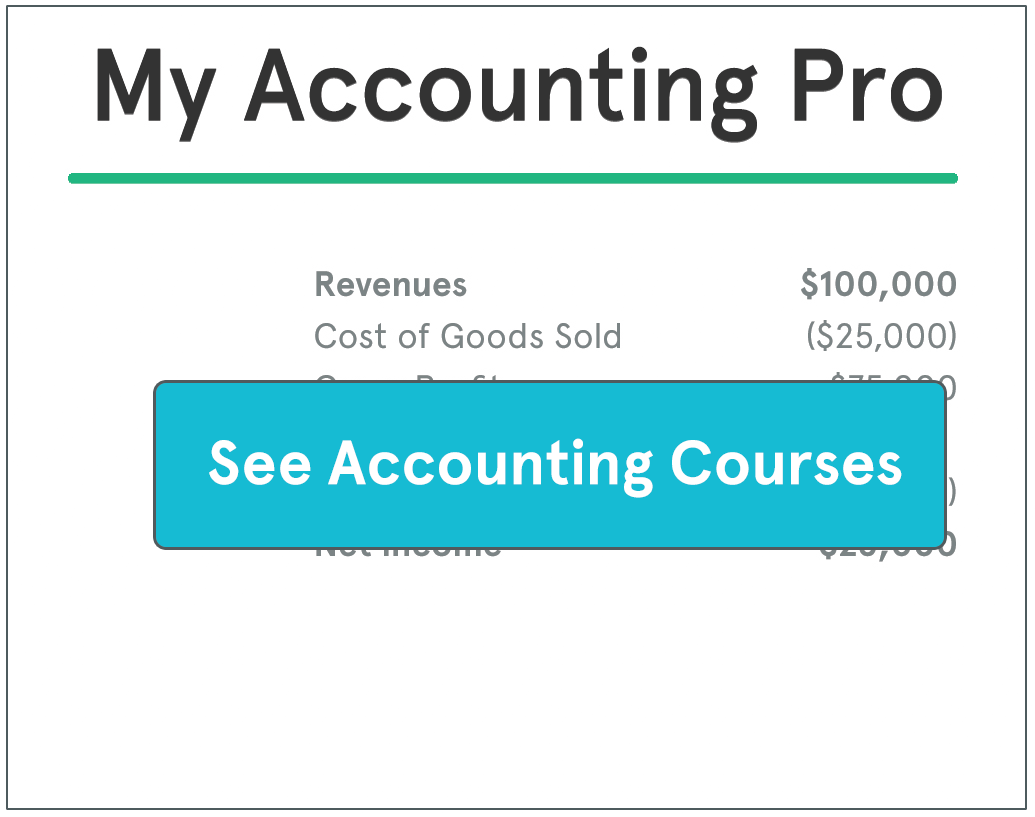Definition: Investing activities are the second main category of net cash activities listed on the statement of cash flows and consist of buying and selling long-term assets and other investments. In other words, this is the net amount of cash received and paid during an accounting period for long-term assets and investments. You can think of these activities like the money a company uses to invest in itself or the money it makes from its investments.
What Does Investing Activities Mean?
The two main activities that fall in the investing section are long-term assets and investments. Long-term assets usually consist of fixed assets like vehicles, buildings, and machinery. When a company purchases a new vehicle with cash, the cash outflows are listed in the investing section. Likewise, if a company sells one of its vehicles, the cash proceeds are listed in this section as well.
Investments are a little more complicated than the long-term assets because it depends on the source of the investment. For example, cash paid for short-term investments like trading securities and cash equivalents are included in this section. Principle payments on third party notes are also included. However, payments on a note payable from a customer that resulted in a sale are typically listed in the operating activities section—not the investing. Likewise, FASB requires that all interest payments and receipts be classified as operating activities.
Example
Here’s a short list of common cash inflows and outflows listing in the investing section of the cash flows statement.
- Inflows
- Cash collected from:
- Selling trading, held for sale, and available for sale securities
- Selling discounted notes
- Selling long-term productive assets
- Collecting principle on third party notes that don’t generate sales
- Outflows
- Cash paid to:
- Purchase trading, held for sale, and available for sale securities
- Purchase long-term productive assets
- Pay principle on third party notes that don’t generate sales


